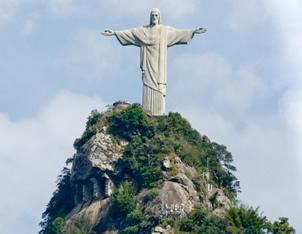 The monument was created by French sculptor Paul Landowski and built by engineer Heitor da Silva Costa, in collaboration with the French engineer Albert Caquot between 1922 and 1931. It was inaugurated on October 12, 1931, the day of Our Lady of Aparecida.
The monument was created by French sculptor Paul Landowski and built by engineer Heitor da Silva Costa, in collaboration with the French engineer Albert Caquot between 1922 and 1931. It was inaugurated on October 12, 1931, the day of Our Lady of Aparecida.
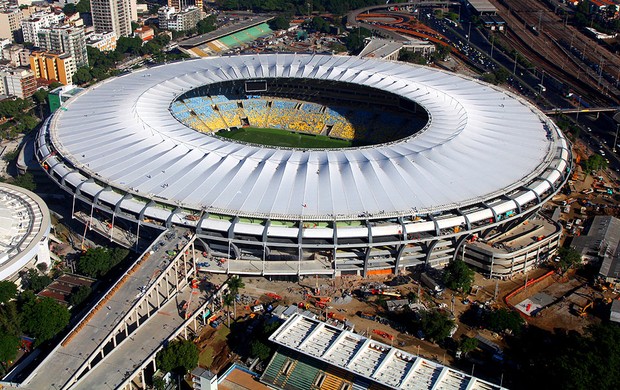 Journalist Mário Filho Stadium, better known as Maracana, the popular Maraca ("like a rattle" in Tupi-Guarani, due to the sound of birds living by ali6), is a football stadium located in Rio de Janeiro and inaugurated in 1950 and was used in World Cup.
Journalist Mário Filho Stadium, better known as Maracana, the popular Maraca ("like a rattle" in Tupi-Guarani, due to the sound of birds living by ali6), is a football stadium located in Rio de Janeiro and inaugurated in 1950 and was used in World Cup.
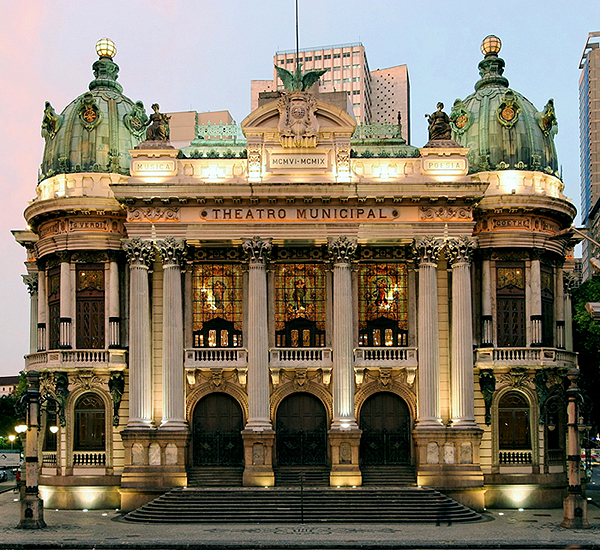 Opened in 1909 as part of the architectural ensemble of the Redevelopment Works of the City of Rio de Janeiro (RJ), and opening of Central Avenue, in the city of Pereira Passos, exercises since opening an important role in the Carioca and national culture, getting on your stage important artists, orchestras and Ballet companies.
Opened in 1909 as part of the architectural ensemble of the Redevelopment Works of the City of Rio de Janeiro (RJ), and opening of Central Avenue, in the city of Pereira Passos, exercises since opening an important role in the Carioca and national culture, getting on your stage important artists, orchestras and Ballet companies.
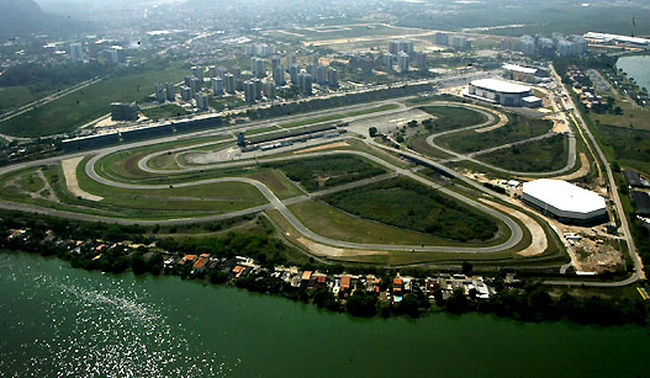 The race track hosted the Formula 1 Grand Prix of Brazil in 1978 and from 1981 to 1989. Except for 1979 and 1980 when the race was at Interlagos, Sao Paulo. From 1995 to 2004 the circuit hosted the Brazilian MotoGP step. From 1996 to 2000 hosted CART races. For the 2007 Pan American Games, the circuit underwent interventions to make way for the Sports City Sports Complex, and therefore was reduced track, while taking a curve north, one of the most challenging circuit. However, the circuit still has the ring road circuit. The racecourse was still receiving the steps of Stock Car Brazil and Fórmula Truck.
The race track hosted the Formula 1 Grand Prix of Brazil in 1978 and from 1981 to 1989. Except for 1979 and 1980 when the race was at Interlagos, Sao Paulo. From 1995 to 2004 the circuit hosted the Brazilian MotoGP step. From 1996 to 2000 hosted CART races. For the 2007 Pan American Games, the circuit underwent interventions to make way for the Sports City Sports Complex, and therefore was reduced track, while taking a curve north, one of the most challenging circuit. However, the circuit still has the ring road circuit. The racecourse was still receiving the steps of Stock Car Brazil and Fórmula Truck.
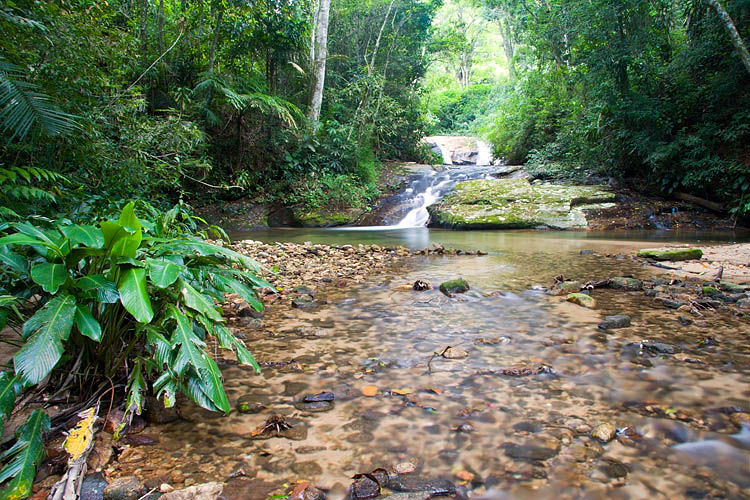 The Tijuca Forest is located in the country of Rio de Janeiro. Member of the Tijuca National Park (3972 hectares), is the fourth largest urban green area of Brazil, behind the Cantareira State Park (7916.52 hectares).
The Tijuca Forest is located in the country of Rio de Janeiro. Member of the Tijuca National Park (3972 hectares), is the fourth largest urban green area of Brazil, behind the Cantareira State Park (7916.52 hectares).
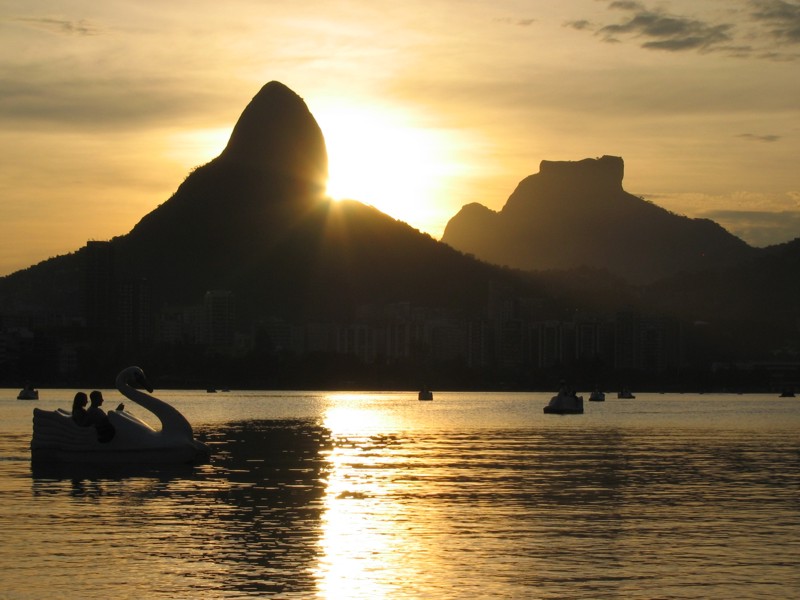 Initially inhabited by Tamoios Indians, which they called Piraguá (meaning "fish cove", by joining pirá, fish and Kua, enseada) or Sacopenapã (path of herons), with the arrival of the Portuguese colonizers, the governor and captain said general of the Province of Rio de Janeiro, Antonio Salema (1575-1578), intended to install a sugar plantation in the pond margins. To get rid of the unwanted presence of indigenous, used the ploy of making clothes spread previously used by patients of smallpox, the pond margins, thus coming to exterminate them. It began, then, planting cane sugar and assembly of Ingenio d'El-Rey, where he currently works Reception Center to Botanical Garden Visitors of Rio de Janeiro.
Initially inhabited by Tamoios Indians, which they called Piraguá (meaning "fish cove", by joining pirá, fish and Kua, enseada) or Sacopenapã (path of herons), with the arrival of the Portuguese colonizers, the governor and captain said general of the Province of Rio de Janeiro, Antonio Salema (1575-1578), intended to install a sugar plantation in the pond margins. To get rid of the unwanted presence of indigenous, used the ploy of making clothes spread previously used by patients of smallpox, the pond margins, thus coming to exterminate them. It began, then, planting cane sugar and assembly of Ingenio d'El-Rey, where he currently works Reception Center to Botanical Garden Visitors of Rio de Janeiro.
site map
Our Services
Social Networks
Stay on top of all our events and promotions! Visit our social networks.